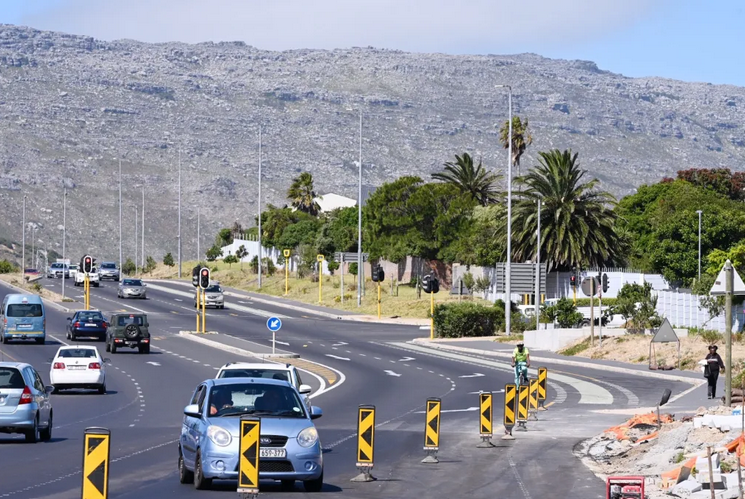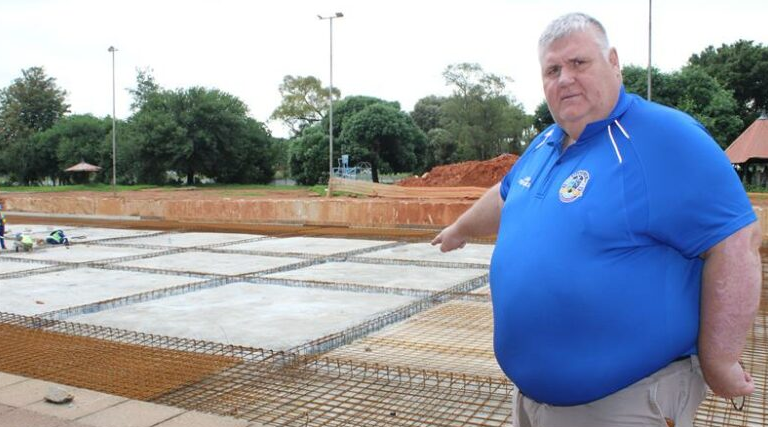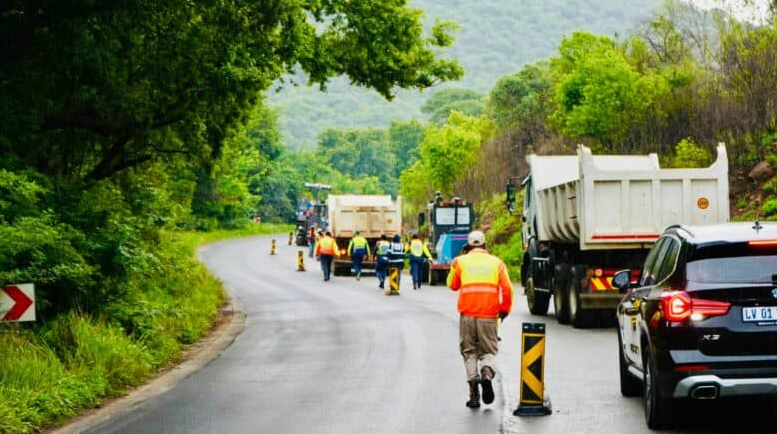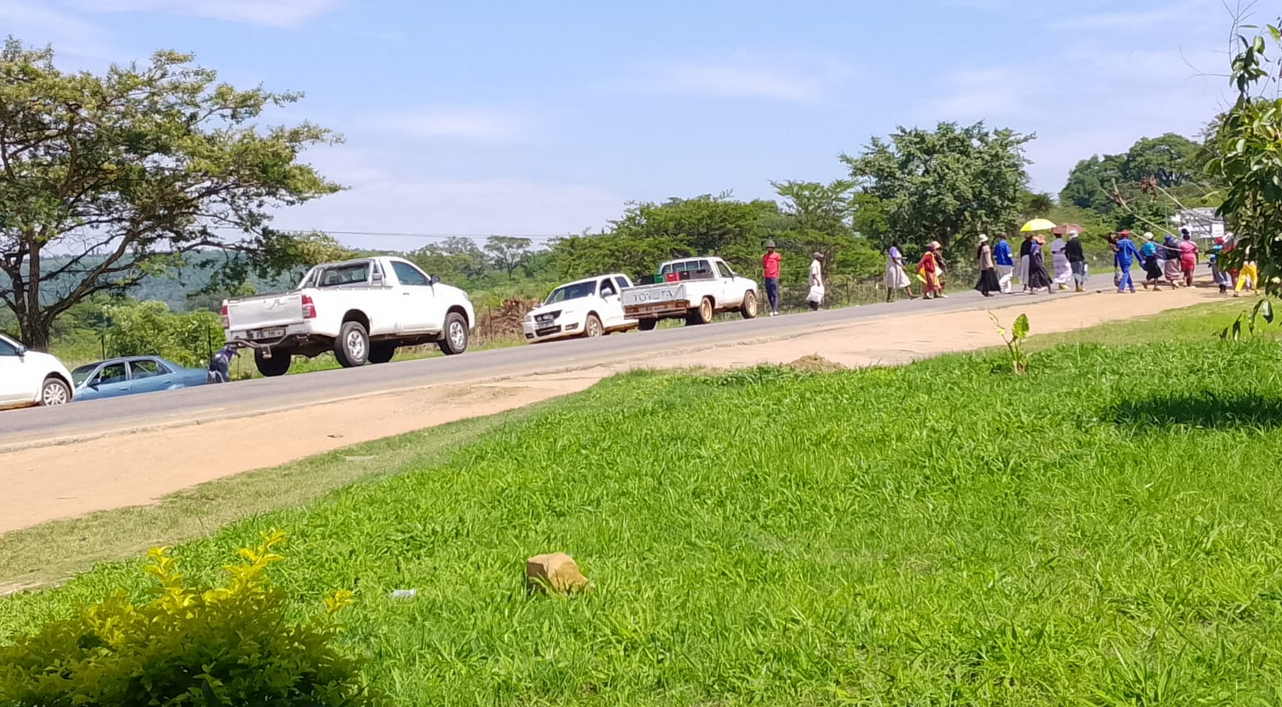Affordable housing in Cape Town at last?

Advertising
27-11-2025
Read : 8 times
Financialmail
Source
A planned mixed-use project in a prime location offers the possibility of new homes for lower-income families
Cape Town is opening a door, if ever so slightly, to a small part of the city’s prime real estate for people of modest means.
A 4.5ha property in the Green Point-Three Anchor Bay area will be put on sale on the open market. Any development on it has to include affordable housing, aimed at those earning less than R32,000 a month. According to government, NGO and academic research, about 75% of Cape Town families earn in that group, many of whom live far from the city centre.
The site is within walking distance of the Sea Point promenade and the V&A Waterfront and is near public transport on Main Road in Green Point.
“The development is intended to be a high-density, mixed-use project with affordable residential opportunities, retail and office space and public and community facilities,” mayoral committee member for economic growth James Vos tells the FM. “The proposed land use mix for the site was informed by a property market demand study, which recommended the extent of residential and nonresidential space the market would be able to absorb once the development is completed.”
The proposed concept estimates a total development yield of about 110,000m² of floor area at an average construction cost of R16,000/m² and a preliminary land valuation of R680m.
According to the city, benefits will include increased annual rates and taxes for it from a nominal amount to an estimated R44m, and additional estimated annual revenue of R50m from utilities. The project is expected to create 6,000-8,500 construction jobs (directly and indirectly) over a construction period of five to 10 years, as well as an estimated 900 new permanent jobs in the retail, security and facilities management sectors and SMEs. At least 20% of the properties on it need to be affordable housing units (the final number will depend on the financial viability).
Benefits include 6,000-8,500 construction jobs (directly and indirectly) over the five- to 10-year construction period
Some opposition parties in the council want a halt to land sales until an inclusionary housing policy has been developed and implemented. Nearby Stellenbosch has such a policy. Private developers building 20 or more residential units in the municipality, which includes Franschhoek and Klapmuts, have to include 20% inclusionary housing. Joburg has a similar policy.
When Cape Town’s plan for the Green Point-Three Anchor Bay area was first presented to the council, the GOOD Party wanted a moratorium on land sales. Councillor Axolile Notywala, who represents the party, said there is a rush to sell land to the private sector in the city. “We cannot be giving Black Friday specials on land while the housing crisis in Cape Town grows bigger and bigger,” he said at the time.
Similar issues were raised at a public meeting earlier this year. Housing advocacy group Ndifuna Ukwazi’s Buhle Booi welcomed the intention to develop affordable housing at the site but said the poor and working class should benefit.
In response, Vos says: “The city is investigating measures to ensure that a certain proportion of units remains within the range of what the city defines as ‘affordable’. This will be outlined [as one of] the conditions of sale of the site.”
The need for affordable housing in Cape Town is huge. There are about 400,000 families on the housing waiting list in the city.
Some concerns have been raised about potential traffic congestion and the capacity of the area’s sewage system for the area of the Green Point-Three Anchor Bay sale.
The council says residents can comment on the proposed plans until December 8.
Last week the city announced its intention to also sell the 2.4ha site of the Good Hope Centre on Sir Lowry’s Road near Woodstock. It says redevelopment will “revitalise” the precinct, which has become neglected.
The centre’s huge dome dominates the precinct and was designed by renowned Italian architect and engineer Pier Luigi Nervi. It was opened in 1976. The council says a condition for the sale is the preservation of the building. The process still needs approval from the council.
The city plans to put more properties up for auction early in 2026.
Recent News
Here are recent news articles from the Building and Construction Industry.
Have you signed up for your free copy yet?









